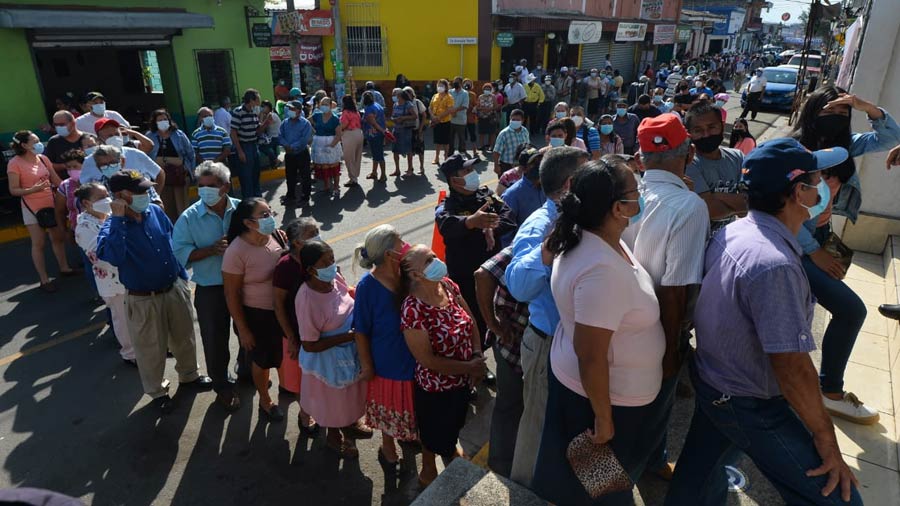
Compare the turnout in these elections with the last nine elections.
Legislative and municipal elections since 1994 have fluctuated on average by 44%. But the current parliamentary elections on February 28 show a participation rate of 51%. That beats the past parliamentary elections.
In the first conference of the Supreme Electoral Tribunal (TSE) after the closing of the voting centers, TSE president Dora Martínez said: “We have surpassed the influx of voters, we have 51% participation. The pandemic was not a pretext ”.
You may be interested in: In development the number of votes in municipal and parliamentary elections
And it is that in the last parliamentary election of 2018 there was a 45.73% participation, which is an increase of 6 percentage points compared to this election.
The polling stations were smart from the start with long queues of voters; This was initially said to be the result of the biosafety measures installed at the entrances to polling stations.
However, the TSE has noted an increase in electoral participation.
READ ALSO: Seniors, the first to vote on February 28th
The Political Studies Department of the Salvadoran Foundation for Economic and Social Development (FUSADES) published an analysis of election participation in July 2020, summarizing the behavior of the electorate at two points:
The first was between 1994 and 2003, where it coincides with the holding of presidential elections and in which there is a “drag effect and increased electorate participation”. The second moment stems from the creation of the Unique Identity Document (DUI) as an instrument for voter identification and empowerment.
While the low electoral participation in 2018 is the result of a “lack of interest from voters to elect their representatives; lack of confidence in political parties and dissatisfaction with the democratic system.